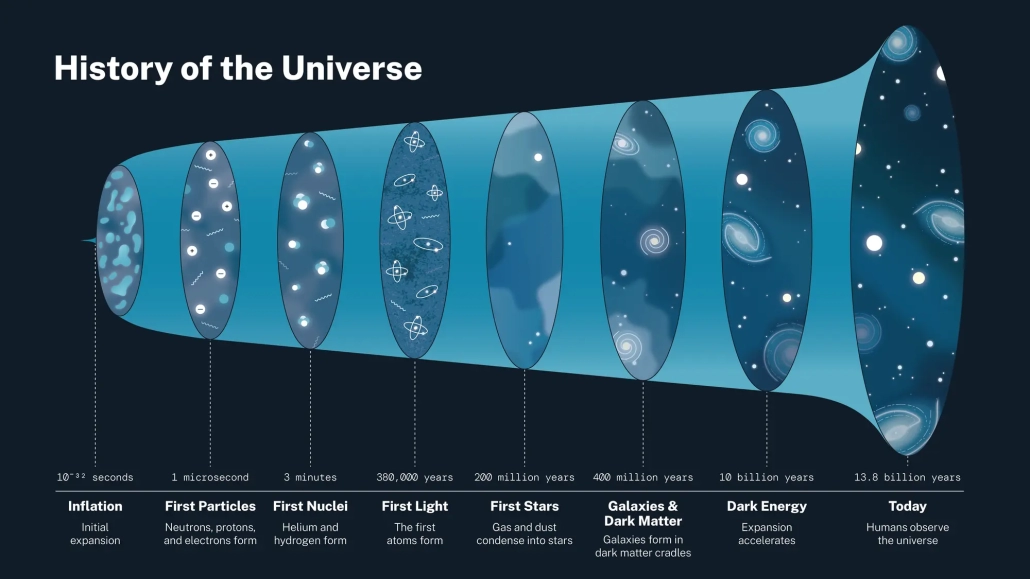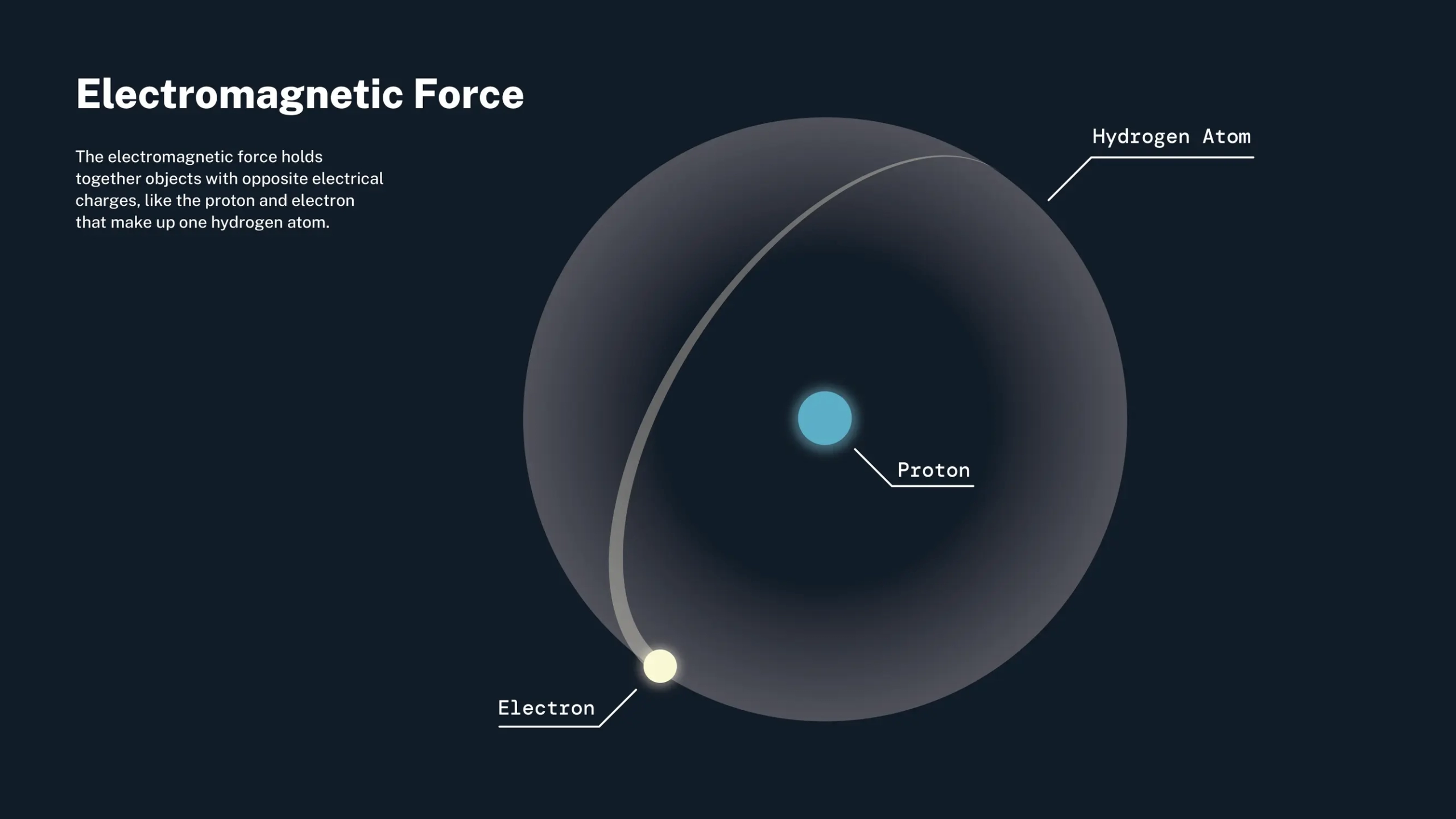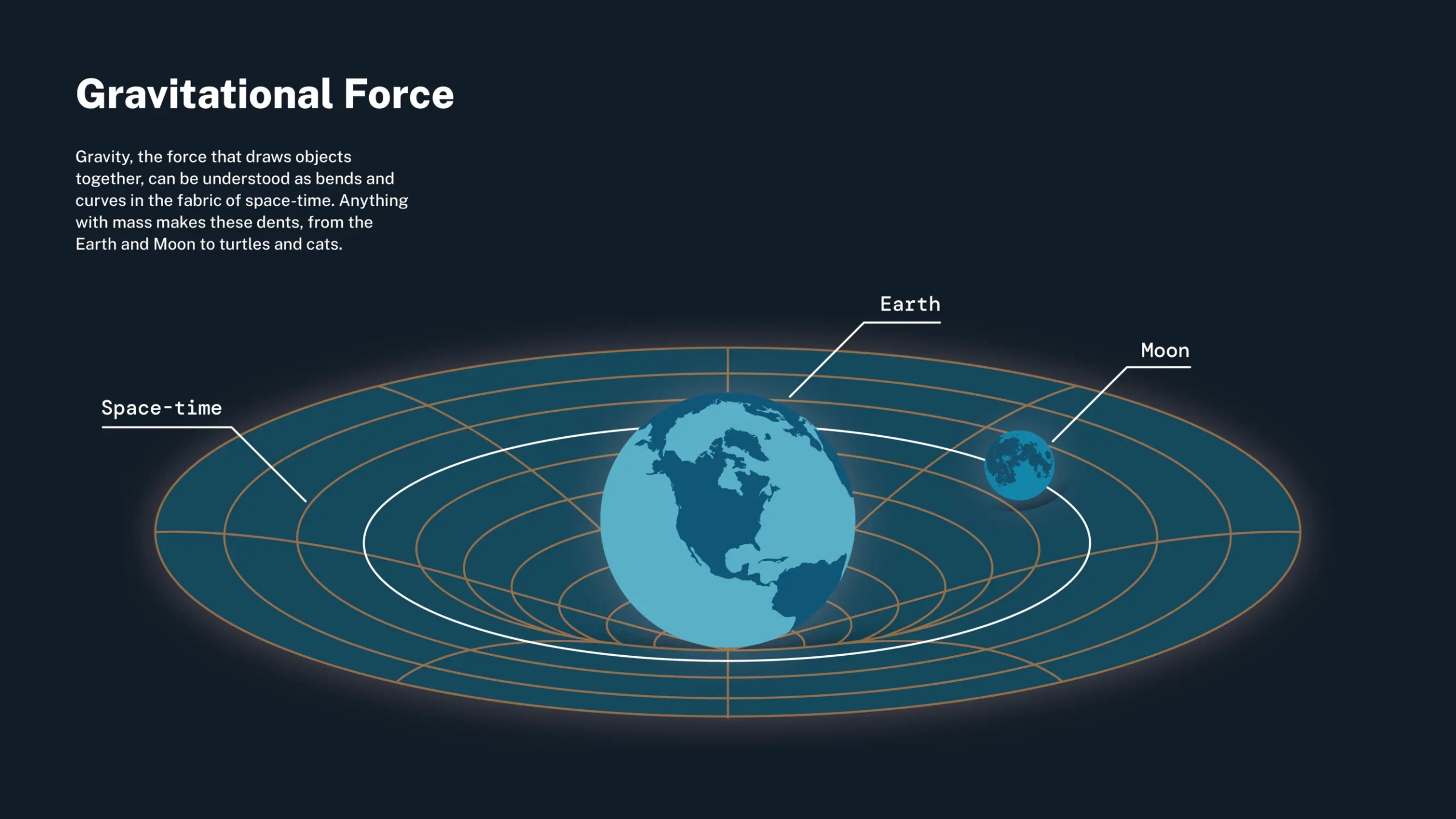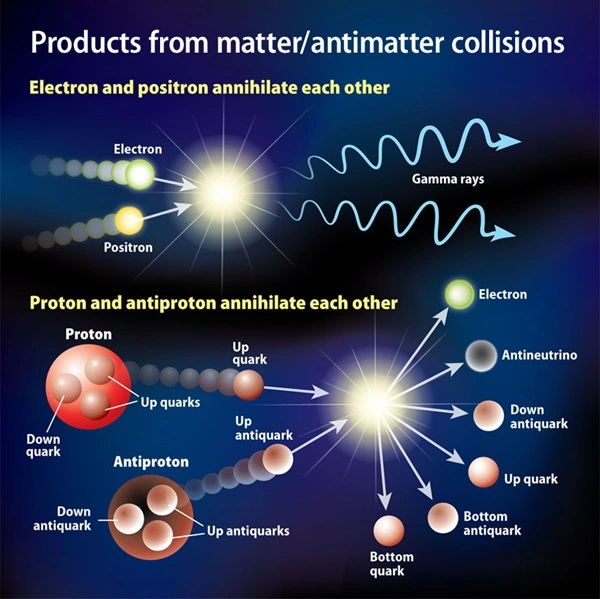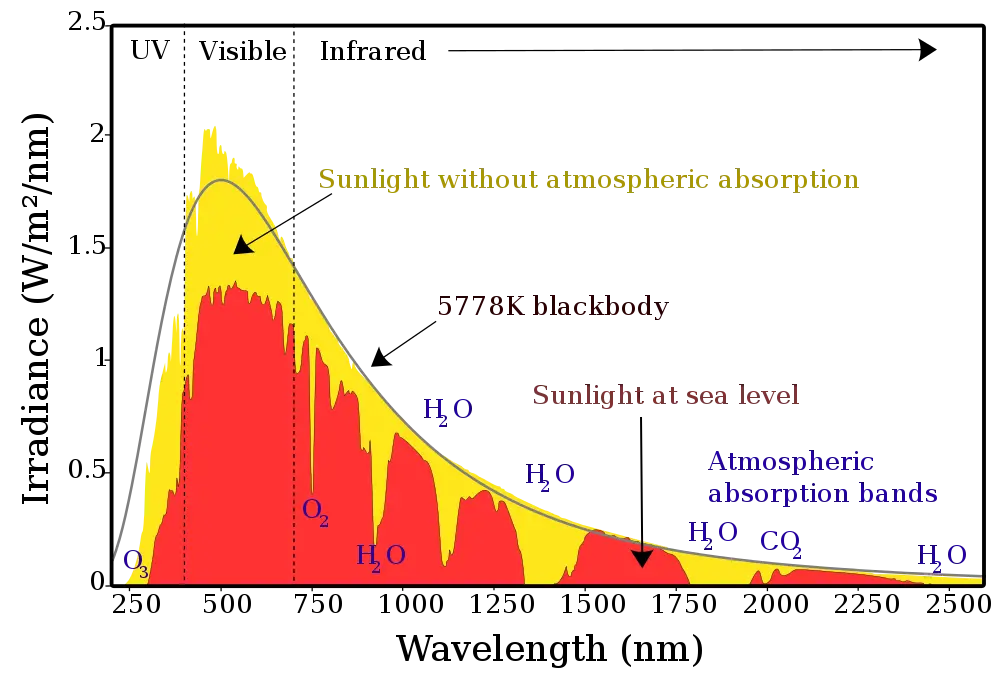STEMing from Big Bang
Our universe, its Space, Time, Energy and Matter (STEM) stemmed from an extraordinary explosion called the Big Bang around 14 billion years ago. Einstein pioneered the study of this event by proposing his theories of special relativity (SR) and general relativity (GR). In 1905, he equated space and time ($S\equiv T$) and energy and matter ($E\equiv M$) using the special theory. In 1915, he found the relation between space-time and energy-matter ($ST\equiv EM$) making one of the most “general” theories of physics. Einstein and Eddington is a nice movie about this period of Einstein’s life.
In the beginning only space, time and energy existed (STE), matter formed later out of energy. Space and time set the stage of our 4D universe where space has 3 dimensions and time is the 4th dimension. You can move in space in any direction you like, but time allows movement only in one direction: from past to the future. Matter is a “condensed” form of energy and they are related via the universal speed limit (c): $E=Mc^2$. During a nuclear explosion matter is converted to energy; the opposite happened in the early universe. Around 50 thousand years after Big Bang, the parent energy lost its domination to the child matter. The history of the universe has been the history of forming more and more complex matter through the use of energy.
Seven key events of the universe are noted in the attached figure.
Freezing of the fundamental forces
The fundamental forces were created via consecutive freezings of the universe. Above 0 degree, water is liquid, its molecules are oriented in all directions and have higher energy due to their motion. Below 0 deg, water freezes into solid ice, its molecules have preferred orientations and have lower energies. The excess energy is released as “latent heat” during this freezing. A metaphorically similar process gave rise to the four forces and their carrier particles. First, gravity and gravitons froze out of the TOE force, then the strong force and gluons froze out of the GUT force, and, finally, the electromagnetic force (with its photons) separated from the electroweak force giving rise to the weak force and its bosons at the same time. A freezing entails a reduction in temperature and this is exactly what happened. As the universe expanded, it cooled, and the forces were frozen at particular paradigmatic temperatures as shown in the diagram. A huge amount of energy was released during each freezing and the universe did marvelous things with that energy.
Emergence of the elementary particles
The forces need particles or force carriers to work with, which we have discussed above. The force carriers, or the particles of energy, are like glue that bind the elementary particles of matter. These particles started popping up a billionth of a second after the Big Bang. First came the quarks that combined to form protons and neutrons. The electrons arrived later. The protons and neutrons were bound in the nucleus and the nucleus captured electrons to, finally, form atoms around 400 thousand years after the Big Bang.
The attached figure shows the most elementary (fundamental) particles of matter (shown by blue and gray colors) and energy (orange and yellow). The particles of matter are called Fermions and those of energy Bosons. Fermion is named after the Italian physicist Enrico Fermi and “boson” is named after Satyendranath Bose, the greatest physicist of Dhaka. The blue blocks show the six types of Quarks and the grey boxes show the six types of Leptons. For building almost everything in the universe, including our bodies, we mainly need 2 types of quarks (up and down) and only one type of lepton (electron). A proton or neutron is made of 3 quarks of up and down types.
The carriers, conveyors or mediators of energy are called bosons. The orange blocks show the Gauge bosons that are used for three of the four fundamental forces. Photons carry the electromagnetic force, gluons carry the strong force and the W and Z bosons carry the weak force. The Higgs boson is responsible for giving “mass” to all the particles.
It turns out both matter and antimatter were created in the beginning, both particles and their antiparticles, but by the end of the particle age only matter survived annihilating antimatter completely. The annihilation of antimatter is explained below.
Annihilation of antimatter
The Big Bang should have produced equal amounts of matter and antimatter, and if that were the case, they would have annihilated each other, leaving only radiation behind. However, our universe is primarily composed of matter, with very little antimatter. The exact mechanism responsible for this matter-antimatter asymmetry is not fully understood. One hypothesis is that there were initially tiny differences in the behavior of matter and antimatter particles, which led to a slight excess of matter over antimatter. This imbalance allowed the matter to survive and form the structures we observe today, such as galaxies, stars, and planets.
What is antimatter anyways? Every particle of matter has an antiparticle of antimatter. For example, the antiparticle of electron is positron. The only difference between them is actually the charge, electron is negative while positron is positive. If they meet, they will instantly annihilate (destroy) each other and get converted to particles of electromagnetic energy: the photons. In this case, very high-energy photons or, equivalently, very short electromagnetic waves called the gamma rays. A proton and antiproton also annihilate each other in the manner shown in the attached figure.
This game of annihilation was absolutely necessary in the beginning of the universe because this is the mechanism for creating matter out of energy or energy out of matter.
Building elements
As the universe was expanding and cooling, its reduced temperature allowed the formation of larger and larger collection of elementary particles. Specifically, the protons and neutrons combined to give rise to the lightest (low mass, least heavy) elements of the Periodic Table (click to browse the table in Google). There are more than 100 elements in the periodic table, but the universe is mostly made of hydrogen (75%) and helium (24%). Hydrogen came into existence with the birth of protons.
The identity of an element is solely based on the number of protons in the nucleus of its atom. Hydrogen has just one proton in its nucleus and no neutrons. So a single free proton can also be called a hydrogen (H). But the next element helium (He) needs 2 protons and 2 neutrons in its nucleus. The attached figure shows how helium formed out of protons and neutrons in the first 15 minutes of our history. Our bodies are made of those H and He.
As the figure shows, a proton and a neutron combined to create a heavy hydrogen called deuterium or $^2$H, which then combined with another proton to form a light helium called $^3$He. Two light heliums clashed into each other and, finally, created the stable helium with 2 protons and 2 neutrons. During this final collision two protons are kicked out.
Cosmic Microwave Background (CMB)
Around 400 thousand years after Big Bang, the temperature of the universe reduced to around 3000 degrees which was just right for the formation of atoms. A proton captured an electron forming a family called the hydrogen atom. The electrons were no longer free, and they could not obstruct or distract the photons any more. The photons began to travel freely in all directions.
The photons that were created then can be seen even now, but their temperature has decreased to a staggering -270 degrees, 270 degrees below 0. Photons behave as both particle and wave. Cold photons are usually long, meaning they behave like a wave of long wavelength; the gap between their consecutive waves is large. In this case, the photons released during the creation of atoms are so long now that they are microwaves, waves that are more than a million times longer than the waves of visible light. So the photons (or the radiation, or the energy) are called Cosmic Microwave Background (CMB).
The attached figure shows a real picture of the universe taken using the famous telescope called the Planck Satellite. Here the blue and red colors represent low and high temperature, respectively. Watch this video to see how Planck Satellite (named after Max Planck who is also behind the name of Planck Time) made a map of the universe by capturing all those lonely photons of CMB. Planck scanned the whole sky from outer space and combined the scans to create something like a Google Map of the whole universe. Remember this is a real picture of the baby universe, when it was just 400 thousand years old.
Light and Color
How a telescope works
Modern telescopes at all wavelengths have three main parts: collector, detector and processor. For an optical telescope, as shown above, the three parts are as follows.
- The collector is typically a parabolic mirror that focuses all incident light coming from an astronomical object onto a focal plane.
- The detector is typically a CCD (charge-coupled device) sensor placed at the focal plane that converts the focused light into electrons.
- The processor is a computer that processes the electrons in order to produce a visible image of the object.
Two properties define the performance of a telescope: resolution and sensitivity. A telescope with a better resolution can image smaller objects, and vice versa. A telescope with better sensitivity can discern image fainter objects, and vice versa. Both properties depend on the size and efficiency of the collector and detector. Larger mirrors give better resolution and sensitivity.

